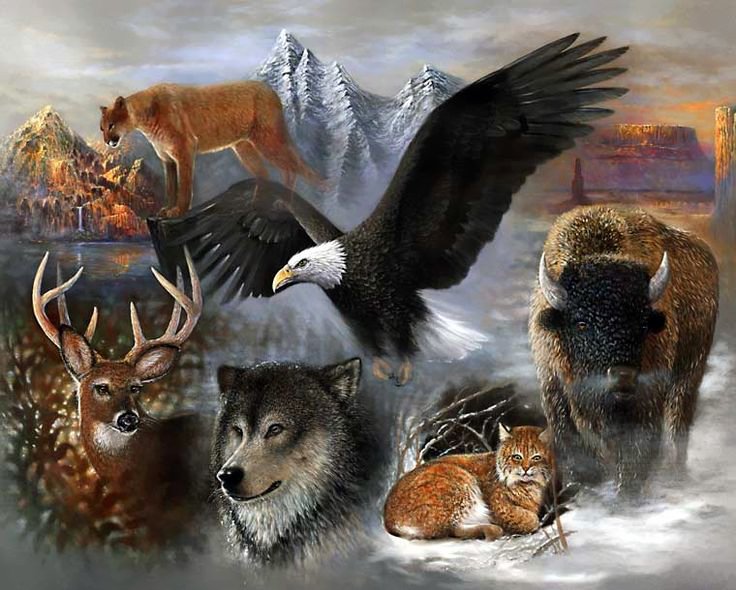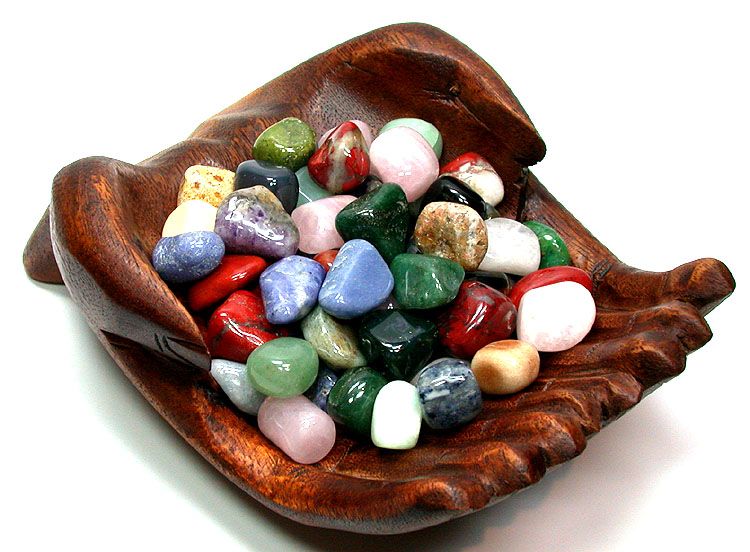Runes
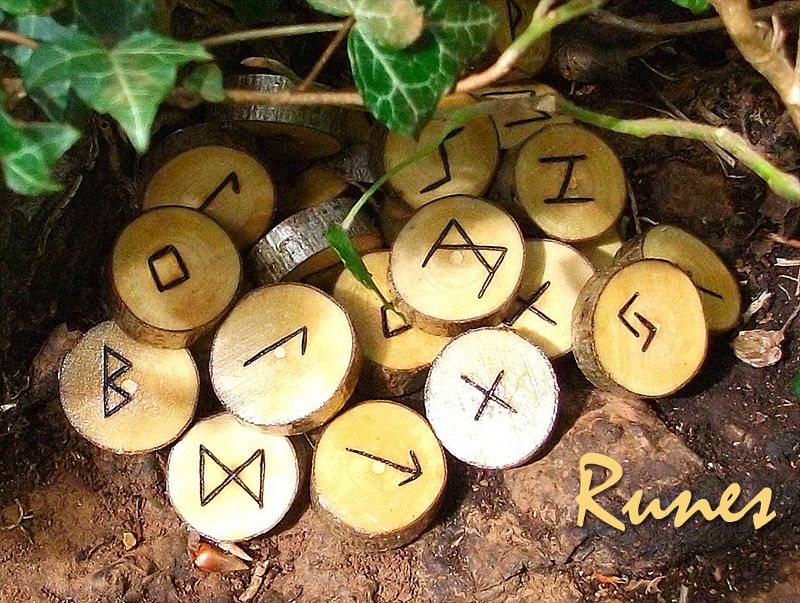
Runes are an ancient Germanic alphabet, used for writing, divination and magick. They were used throughout northern Europe, Scandinavia, the British Isles, and Iceland from about 100 B.C.E. to 1600 C.E. Runic inscriptions of great age have even been found in North America, supporting stories that the Vikings arrived in the Americas long before Columbus.
Runes are an oracle from which one seeks advice. They work best if you detail your current circumstances and then ask a specific question. Rune readings are sometimes obscure. They hint toward answers, but you have to figure out the details. This is when the rune casters intuition becomes paramount. Some times the Runes "sing" to me, and their meaning becomes instantly clear.
Runic divination or "rune casting" is not "fortunetelling" in the sense that one actually sees the future. Instead, runes give one a means of analyzing the path that one is on and a likely outcome. The future is not fixed. It changes with everything one does. If one does not like the prediction, one can always change paths.
Since ancient times, runes have been used for divination and magic, in addition to writing. The word "rune" actually means mystery, secret or whisper. Each rune has esoteric meanings and properties associated with it, beyond its mundane meaning and phonetic value. Each translates into a word or a phrase signifying concepts important to the early peoples who used them, representing the forces of nature and mind. Each rune has a story attached to it, a relationship to a Norse God.
Odin, the Norse High God of the Aesir, hung from the world tree, Yggdrasil, impaled on his own spear, for nine days and nights in order to gain the knowledge of runes. When the runes appeared below him, he reached down and took them up, and the runic knowledge gave him power . He later passed on this knowledge to the Vanir goddess Freya. She, in turn, taught him the magic of seidr. Heimdall, the god who guarded the Rainbow Bridge, taught the runes to mankind.
Runic alphabets first appeared among German tribes in central and eastern Europe. Some runes symbols are likely to have been acquired from other alphabets, such as the Greek, Etruscan, and the Early Roman. The runes were made of straight lines to make the characters suitable for cutting into wood or stone. The earliest runic inscriptions on stone are dated to the late 3rd century AD, although it is probable that runic alphabets had been in use for some centuries before.
The Old Germanic Runic alphabet or "Elder Futhark" contains 24 runes. The first six runes of the alphabet spell out the word "FUTHARK". As the runes spread northwards into Scandinavia, some rune symbols were dropped and the alphabet was reduced to only 16 runes. Between 400 and 600 AD, three Germanic tribes, the Angles, the Saxons and the Jutes, invaded Britain. They brought the runes with them. The forms of several of the runes changed, notably the runes for A/O, C/K, H, J, S, and Ng. Also, changes in the language led to nine runes being added to the alphabet to compensate for the extra sounds, and several runes were given different corresponding letters. This alphabet, expanded to 33 symbols, has become known as the Anglo-Saxon Futhorc. The rune names themselves have been passed down relatively intact. Although no manuscript exists listing the names of the older, Germanic runes, the Anglo-Saxon and Scandinavian rune poems agree to such an extent that their common origin can be deduced.
The Runes are divided into three Aettir or groups of eight. D. J. Cooper discusses the significance of the Aettir in understanding the runes and using them in magick.
Imagine a world of inspiration and healing, free for all—made possible by YOU!
Donate Now—Ignite the Magic at CrystalWind.ca!
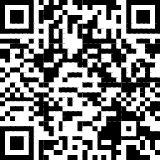
Epilepsy - Finding A Cure
Your donation can make a difference!
Help us find a cure – donate now!
Unlock Your Light: Join Lightworkers Worldwide on CrystalWind.ca!
Featured Articles: Runes
-
Runes Open or Close
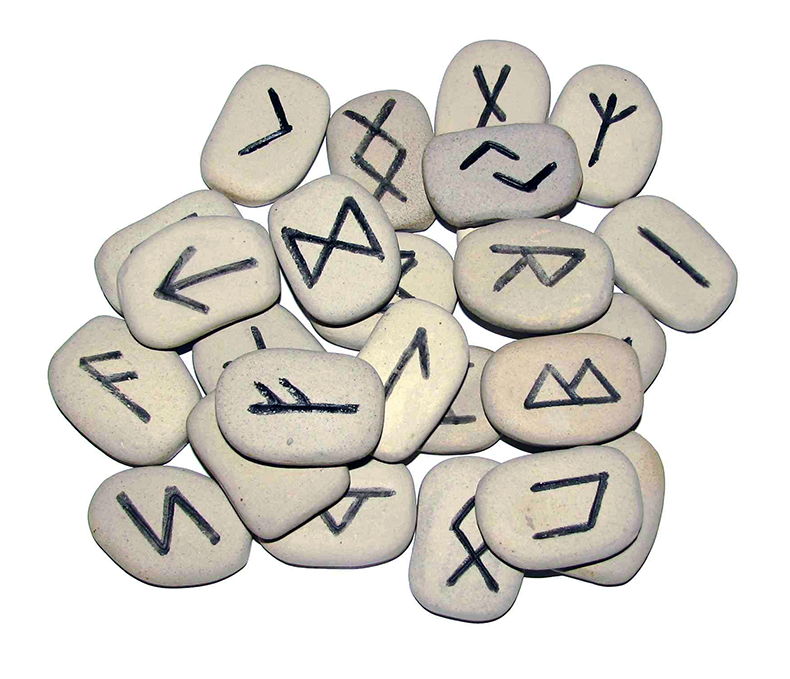
Overview
Runes are a method of divination similar to the Tarot or the I Ching. The difference is that Runes are a set of 25 stones instead of 78 cards or a set of sticks with patterns. As with the Tarot, most of the Runes may be rightside up, or up side down, the meaning differing with the case. There are also some Runes that can not appear up side down. In practice, the Runes may be made of any material; ceramic, stones, sticks, or drawn on cards.
Read More- Divination Using Runes Open or Close
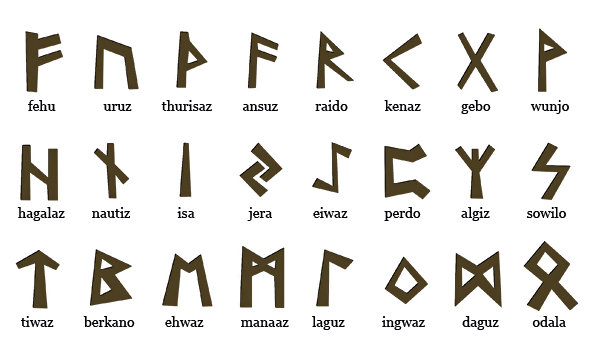
Runes originated with the ancient Etruscans and were spread upwards throughout the Alpine regions to Northern Europe via the trade routes. The Germanic tribes took them and adapted them to their own needs and uses.
Read More - Divination Using Runes Open or Close
Follow Us!
ॐ Namasté - Blessings!
send out comes back."
© 2008-2024 crystalwind.ca. All rights reserved.
Featured This Month
Sweet Violet
Sweet Violet Faithfulness and modesty. “I will always be true to you.” Helps... Read more
Crystals for Virgo
As the warmth of summer begins to soften into the crispness of autumn, the Sun... Read more
Mabon Magic: Ideas For Fall Decoration And R…
Welcome (almost!) to Fall! We’re turning the Great Wheel once again, toward ... Read more
Peridot: The Healer's Stone
Peridot has been used as a Power Stone for centuries. Peridot fosters emotio... Read more
Watermelon Tourmaline
Synonym: Rainbow Tourmaline The watermelon tourmaline is a rare variety t... Read more
The Vine: September 2nd - September 29th
The Autumnal Equinox ( Alban Elfed ) Celtic Symbol : The White Swan Read more
Mabon in Modern Times: Fresh Takes on the Au…
The Mabon season begins somewhere around the 21st-22nd of September and cont... Read more
Virgo Mythology
The Virgo Myth In all of constellation mythology, few legends are as misund... Read more
Sun in Virgo
An Overview of Sun Sign Characteristics for Virgo Virgo is guided by Mercur... Read more





